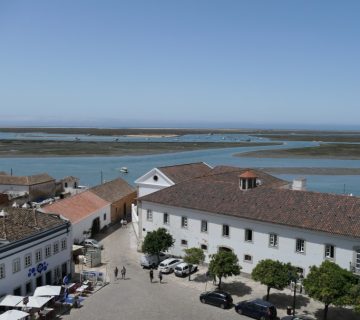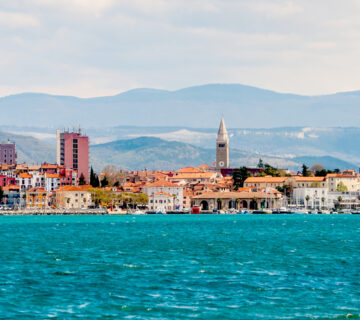‘Tihei Mauri Ora – The Story Begins!’ Through the lens of the indigenous perspective we found ourselves seeing with new eyes with each discussion and session experienced in New Zealand.
Kia Ora, or Hello, and welcome from Wellington, New Zealand where the National Association for Interpretation (USA) held its 2016 International Conference from 3-7 April, in partnership with Interpret Network New Zealand. The conference theme was Tihei Mauri Ora, or The Story Begins. It focused on the diversity of culture and nature of this almost mystical group of islands and, more specifically, on its indigenous Maori heritage and living culture.
Entering the wonderful windy city of Wellington like any other tourist, we were completely unaware of the depth of the rich and vibrant Maori voice infused into the heartbeat of the city. The conference began with an indigenous forum of Pōwhiri, or Traditional Māori Welcome to Aotearoa New Zealand, held at the national Te Papa Museum. Joe Harawira, a renowned storyteller and Director of Strategic Partnerships at the Department of Conservation and as well as descendant of the Ngati Maniapoto, Ngai te Rangi and Ngati Awa, led the discussion on how to interpret indigenous heritage & cultures as they continue to evolve. Some issues highlighted include the utility of suggesting a larger, more inclusive global discussion of indigenous issues related to interpretation. This important discussion was followed by a traditional Haka (often seen as a warrior dance more widely known through the New Zealand national All Blacks rugby team) by Joe after lunch and a deeper explanation of the Maori culture with the coming together of guests (manuhiri) with hosts (tangata whenua) through song and traditional touching of noses with forehead, in the Te Papa marae or ceremonial hall.
There was a clear emphasis on cultural interpretation at this conference that was reinforced with the second keynote speaker, Puawai Cairns, Curator of Contemporary Culture. It was very inspiring to learn of the importance of ensuring that the indigenous voice be present and interpreted on labels or subtitled in video content. This was most evident when discussing the temporary exhibit on Gallipoli, the New Zealand involvement in the April 1915 battle in Turkey that is today commemorated by Australians and New Zealanders every 25 April as ANZAC Day. The Gallipoli exhibit used 1.5 life-size people with the most technologically accurate depictions to tell the story of six Kiwis during the war. This was perhaps the most effective use of props to support the telling of stories of war and tragedy done anywhere.
Although only about 130 participants came to Wellington for the 2016 International Conference, this was a very successfully organised and implemented event. It culminated in a global alliance of interpreters’ forum that hopefully took this great idea forward, with more to be revealed in the near future. A post-conference tour of the South Island included whale watching, wine tasting and some really spectacular landscape of natural beauty, ranging from Mount Cook and fur seals, to cultural revival among Christchurch’s post-earthquake devastation.
Wining, whaling and wowing in Windy Welly – Bravo to all who organised this great conference!
Tonia Herndon, Volunteer coordinator of the San Diego Zoo, will graduate in May 2016 from the University of San Diego with a Masters in Nonprofit Management. Jeffrey Aarnio is Deputy Director of Interpretation & Visitor Services with the American Battle Monuments Commission in Paris, France.
To cite this article:
Aarnio, J., Herndon, T. (2016) ”Kia ora!’ from the 2016 NAI International Conference’. In Interpret Europe Newsletter 1-2016, 16-17
Available online:
https://www.interpret-europe.net/fileadmin/Documents/publications/Newsletters/ie-newsletter_2016-1_spring.pdf




